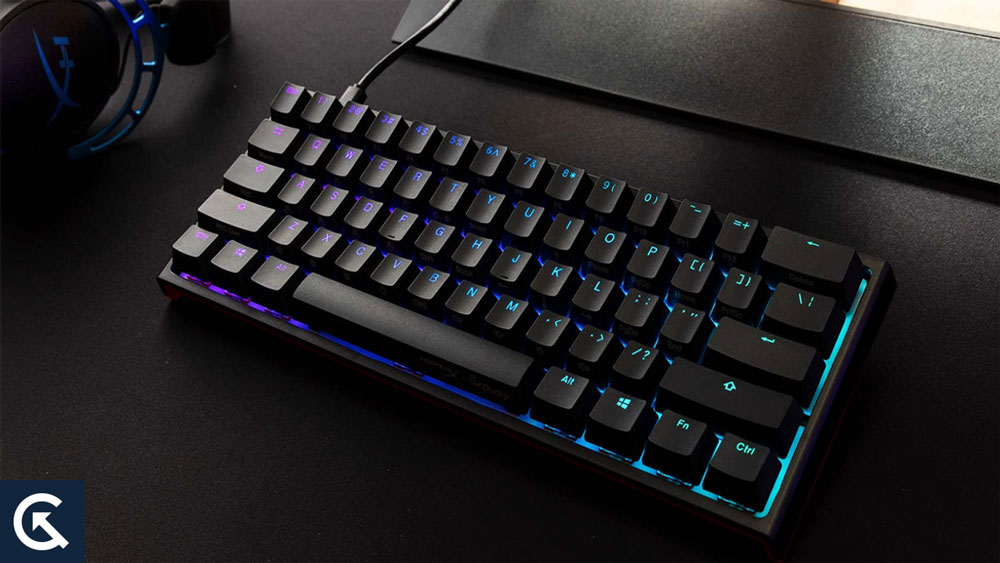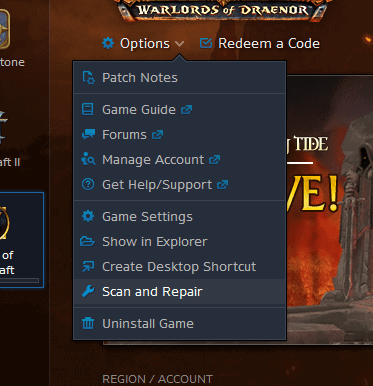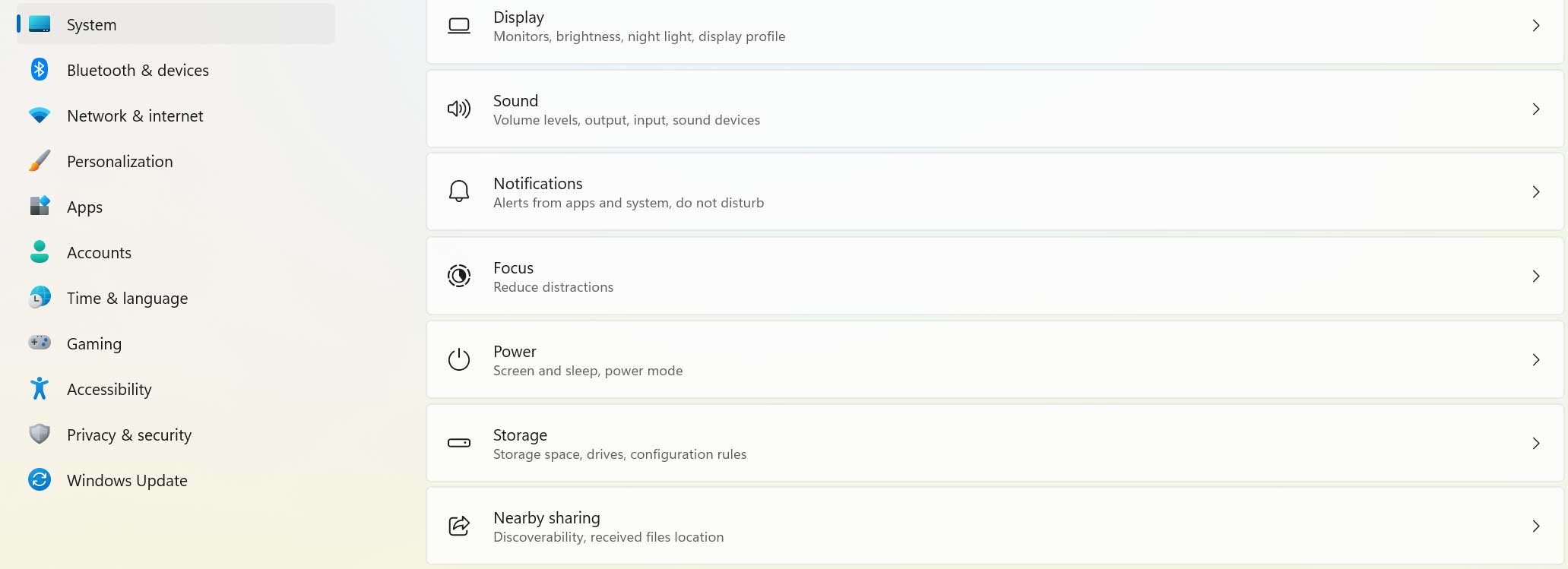Diablo IV is an action role-playing game developed and published by Blizzard Entertainment. It’s the fourth main installment in the Diablo series, currently in beta testing. Unfortunately, some players have encountered issues while playing, such as the Diablo 4 controller not working.
Some games of a certain genre, like survival video games, may require a gamepad or controller, even on a PC. Some players prefer to use controllers instead of a keyboard and mouse. However, sometimes, a connected controller may not work, which can be frustrating. This does not necessarily mean that the controller or USB port is faulty but that there may be a conflict with other devices or software on your computer. If you’re experiencing this issue, follow this guide to fix it.

Diablo 4: Fix Controller Not Recognizing or Detecting on PC
If you’re an avid gamer, you probably own a PlayStation 5 and an Xbox controller. These controllers are great for console gaming, but they’re also compatible with PC games, which opens up a whole new world of gaming possibilities. However, if you’re having trouble getting your PS5 or Xbox controller to work on your PC, don’t worry. You can try a few things to get your controllers working properly.
1. Reboot the PC
Make sure to restart your computer after closing the game and battle.net because a normal reboot to the system may fix multiple temporary glitches or cache data issues. You should try it out.
2. Reconnect your Controller/Joystick
You’ll have to exit the Diablo 4 game and close battle.net, then turn off your controller/gamepad. Now, turn on the controller/gamepad and connect to your computer. Once done, ensure to relaunch the Diablo 4 game on the PC to check for the issue.
3. Unplug the Mouse/Keyboard or Other Peripherals

You should also unplug all the external peripherals from your PC, such as the keyboard, mouse, printer, USB drives, and more. Then, reconnect the necessary USB devices to the PC to check for the issue. If the problem gets fixed, that means there is an issue with the USB device or your PC system had some glitch earlier.
4. Press the Alt+Enter keys
If you’re in the gameplay sessions and the controller gets disconnected automatically or can’t get recognized suddenly, then make sure to press the Alt+Enter keys on the keyboard to get out of the game screen. Then going back to the game screen again may fix the issue whatsoever.
5. Launch Battle.net in Big Picture Mode
To launch Battle.net in Big Picture Mode, follow these steps:
- Open the Battle.net desktop app.

- Click on the Blizzard icon located in the top-left corner of the app.
- Select “Settings.”
- Under “General,” toggle the switch for “Launch Blizzard App in Big Picture Mode” to the “On” position.
- Click “Done” to save the changes.
- Close the Battle.net app and restart it.
- Once the app has restarted, click on the “Big Picture” icon located on the top-right corner of the app.
- This will launch Battle.net in Big Picture Mode, allowing you to navigate and play games using a controller.
By following these steps, you can easily launch Battle.net in Big Picture Mode and enjoy a more immersive gaming experience using a controller.
6. Switch the Screen Refresh Rate to 60Hz
Another step you’ll need to follow is to switch the screen refresh rate of your monitor to 60Hz, which is basic or recommended. Sometimes a higher screen refresh rate can trigger several glitches. To do so:
- Press the Win+I keys to open Windows Settings.
- Now, go to System > Click on Display.

- Scroll down on the right pane > Click on Advanced display settings.
- Here, you can find out and select the 60Hz refresh rate easily. You don’t need to change it if it’s already set to 60Hz.
7. Launch the Game in Windowed Mode using the Config file
Some affected Diablo 4 players might experience issues with the gamepad/controller on the PC. Launching the Diablo 4 game in Windowed Mode is recommended using the config file.
- Go to File Explorer or This PC > Go to Documents.
- Open the Diablo 4 folder > Right-click on the Config.ini file.
- Select Open With and choose Notepad > Now, the config file is open to edit.
- Here you’ll find out [window] mode is set to no. If so, make sure to replace it with yes. (If it’s already set to yes, then leave it)
- Make sure to press the Ctrl+S keys to save changes.
- Close the file and check for the issue again.
9. Configure the Battle.net General Controller Settings
To configure the Battle.net General Controller Settings, follow these steps:
- Open the Battle.net desktop app.
- Click on the Blizzard icon located on the top-left corner of the app.
- Select “Settings.”
- Under “General,” select “Controller.”
- Here, you can customize the general controller settings for the Battle.net app.
- You can select the controller type from the drop-down menu, such as Xbox or PlayStation.
- You can also customize the controller input settings by clicking on “Button Assignment.”
- You can then configure the buttons on your controller to match the in-game controls.
- Once you’re done customizing the controller settings, click on “Done” to save the changes.
By following these steps, you can easily configure the general controller settings for the Battle.net app, allowing you to play games using a controller with the input settings that work best for you.
Also Read
10. Select High Performance in Graphics Settings
To select High Performance in Graphics Settings for Battle.net, follow these steps:
- Open the Battle.net desktop app.
- Click on the Blizzard icon located on the top-left corner of the app.
- Select “Settings.”
- Under “Game Settings,” select the game you want to configure.
- Click on “Graphics Settings.”
- Under “Display Mode,” select “Fullscreen” or “Borderless Fullscreen,” whichever you prefer.
- Under “Graphics Quality,” select “Custom.”
- Set the settings to your desired values, making sure to select “High Performance” where applicable.
- Click on “Save” to save the changes.
By following these steps, you can easily configure the graphics settings for Battle.net and set it to high performance, ensuring that your games run smoothly and without any lag or stuttering.
11. Uncheck Controller in Battle.net Controller Settings
To uncheck the controller option in Battle.net Controller Settings, follow these steps:
- Open the Battle.net desktop app.
- Click on the Blizzard icon located on the top-left corner of the app.
- Select “Settings.”
- Under “General,” select “Controller.”
- Uncheck the box next to “Enable Controller.”
- Click on “Done” to save the changes.
By following these steps, you can easily disable the controller option in Battle.net Controller Settings, ensuring that your games are not affected by any potential conflicts with a connected controller.
14. Use DS4Windows
- Download the DS4Windows tool from the internet on the PC.
- Now, install the tool and run the DS4Updater (exe) file from the installation folder.
- Head over to the directory and double-click on the file to run it. If prompted by UAC, click on Yes to allow admin access. It’ll install the latest DS4Windows app on your PC.
- Open the DS4Windows tool > Go to the Settings tab from the interface.
- Click on ‘Hide DS4 Controller’ to enable/checkmark it.
- Make sure to close the interface and check for the issue again.
15. Try Using a Wired Controller
If none of the methods worked for you, try a wired/generic controller to the PC by using a USB cable to check for the issue. The chances are high that somehow the Bluetooth connectivity of the controller can’t hold its nerves with your PC’s connectivity or vice versa.
That’s it, guys. We assume this guide was helpful to you. For further queries, you can comment below.
Also Read
Best 7 Ways to Fix Diablo 4 Crash With Client Lockup Error
Fix: Diablo 4 Servers Not Available Error 34202
How To Play Diablo 4 On Steam Deck
How to Fix Diablo 4 Access Violation C0000005 Error
Fix: Diablo 4 Unable to Claim Quest Rewards
Diablo 4 Steam Deck Issues: Crashing, Stuttering, Freezing, Lag or Stuck
Discussion
2 CommentsThank you. 14th step fixed my issue.
tanks man